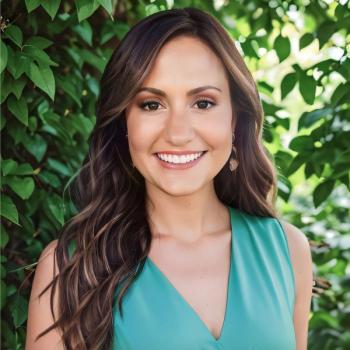
How do your charts rate?
Medical record-keeping is part art, part science, and all about providing first-class patient care and maximizing reimbursements.
Kenneth T. Hertz, a consultant in Alexandria, LA, recalls well a multispecialty practice that attracted Medicaid's attention several years ago because the physicians were coding an unusually high number of level 4 visits. "Medicaid requested charts, did an audit, and fined the physicians $165,000 for overcoding and underdocumenting," says Hertz.
Incomplete charts, Hertz points out, are surprisingly common. Recent data back him up: As reported in the Feb. 2, 2005, issue of JAMA, at any given time as much as 14 percent of relevant information is missing from patient charts. And, as the adage goes, if it isn't documented, it isn't done. Notes Susan Reese, a coding consultant with MedaPhase in San Antonio, "You can swear you had a conversation with a patient, but few courts or chart auditors will accept your word if there's no entry to back it up."
What are the best documentation methods? For patient visits, most experts recommend SOAP notes. SOAP-an acronym for subjective, objective, assessment, and plan-provides a format that, if used consistently, reduces the likelihood that you'll omit pertinent information. You begin with the patient's subjective description of symptoms and complaints: why the patient came to see you, his or her (or a family member's or friend's) account of pain, discomfort, nausea, dizziness, or other dysfunction, as well as the duration of each problem.
The patient's vital signs and other measurements, your exam findings, and the results of tests and interventions are listed in the objective section of the note. The assessment follows. This might consist of a clear diagnosis, several possible diagnoses, indications of changes in the patient's status, and/or a summary of ongoing treatments. The final part of the SOAP note-the plan-should include tests ordered, medications prescribed, treatments performed, referrals, your instructions to the patient, and patient education efforts, including a list of handouts.
A narrative documentation format is useful in situations where the SOAP format is unsuitable, such as when describing a conversation with another physician or documenting noncompliant patient behavior. This format, as the name implies, consists of a straightforward account of a sequence of events. An entire chart of narrative notes is unwieldy, however: Information may be difficult to read and retrieve, and because most clinicians who use this charting method rely on their memory when they write notes, they may leave out important data.
Optimally, the same information should appear in more than one part of the record, says Rosemarie Nelson, a practice management consultant in Syracuse, NY. "For example, in addition to SOAP notes and narratives, the chart should contain flow sheets that include columns for dates of service and for vital signs that you're monitoring. If, say, Mr. Jones has hypertension, a flow sheet can enable you to see at a glance whether the situation has improved or worsened over time. Having this information easily accessible not only enables you to bill efficiently; it's a means toward better patient care."
Newsletter
Stay informed and empowered with Medical Economics enewsletter, delivering expert insights, financial strategies, practice management tips and technology trends — tailored for today’s physicians.
















